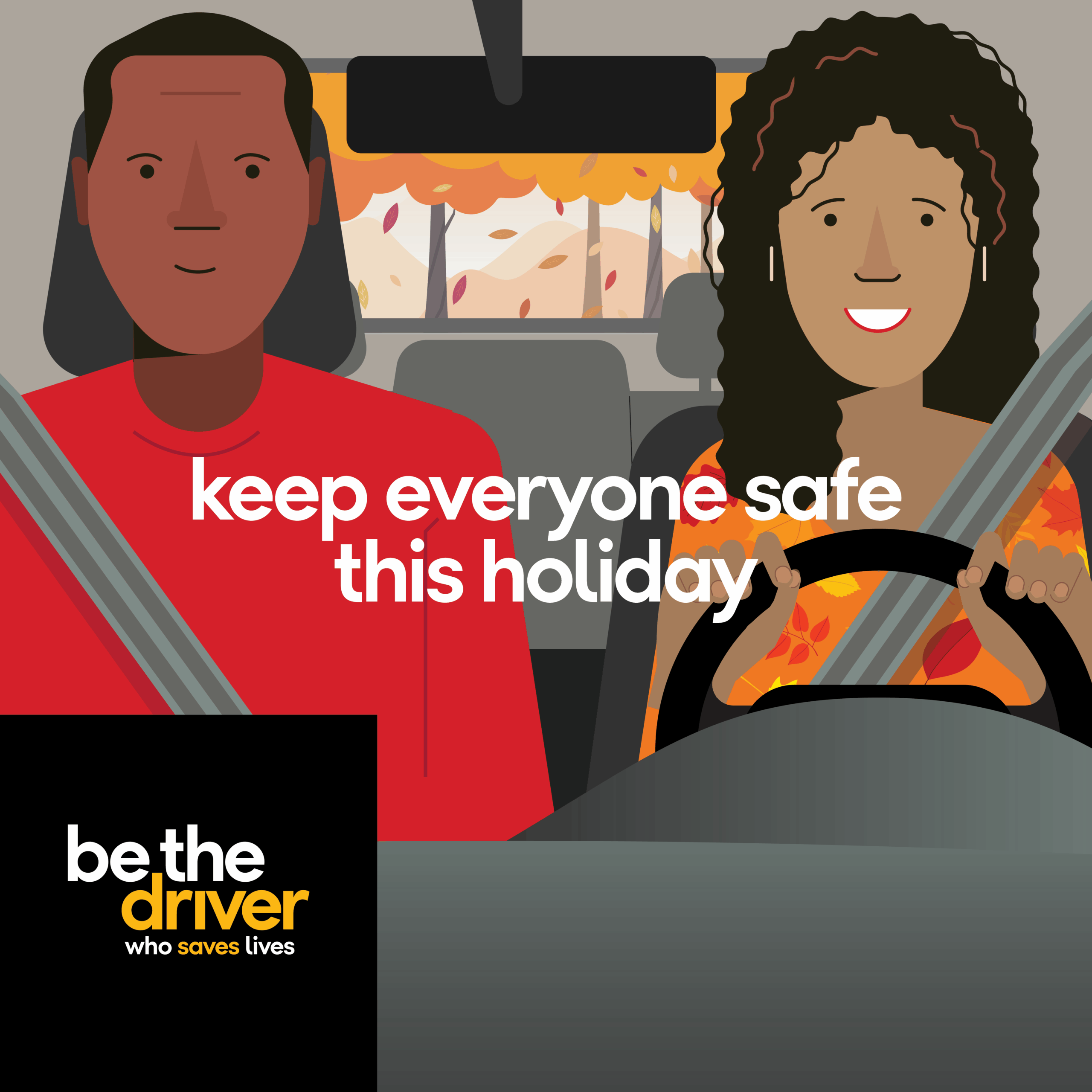Thanksgiving weekend brings plenty to look forward to. From visiting family, to enjoying favorite foods, to sharing traditions that span generations, it’s a time of connection and celebration. For many, it also means time on the road. Whether you’re driving across town or traveling out of state, getting to your destination safely should be at the top of your holiday checklist.
In 2021, there were over 500 vehicle fatalities in the US during Thanksgiving weekend. At the R Adams Cowley Shock Trauma Center, motor vehicle crashes are the second leading cause of admission.
Fortunately, the simple act of wearing a seatbelt can mean the difference between treatable injuries and death.
This video clearly shows the difference in outcomes between people who wear seatbelts and people who don’t:
Whether it’s across town or across the country, a 10-minute drive or a 10-hour road trip, every occupant (driver, passengers, adults, and children) needs to wear a seatbelt.
Seatbelts work best when they are worn correctly. That means the lap belt should fit low and snug across hips, and the shoulder belt across the chest.
Travelling with children? In Maryland, the state law requires children to be in an appropriate car seat or booster seat until their 8th birthday or the child is 4’9″ or taller.
Visit the Maryland Department of Health Kids in Safety Seat (KISS) website for information on child passenger safety and to have a certified Child Passenger Safety Technician (CPST) help to ensure your children are safe in your car.
Here’s a helpful video on how a seatbelt should fit once children are big enough to ride in the car without the use of a car seat or booster seat.
Make Thanksgiving a time of celebration, and wear your seatbelt every trip, every time.
Blog written by: Sarah Anne Hewitt, an occupational therapist with experience in schools, psychiatric settings, and acute care, and is now an injury prevention program coordinator at the R Adams Cowley Shock Trauma Center in Baltimore. She educates Maryland’s teens and their families on preventing motor vehicle crashes, as well as brain and spinal cord injuries.


